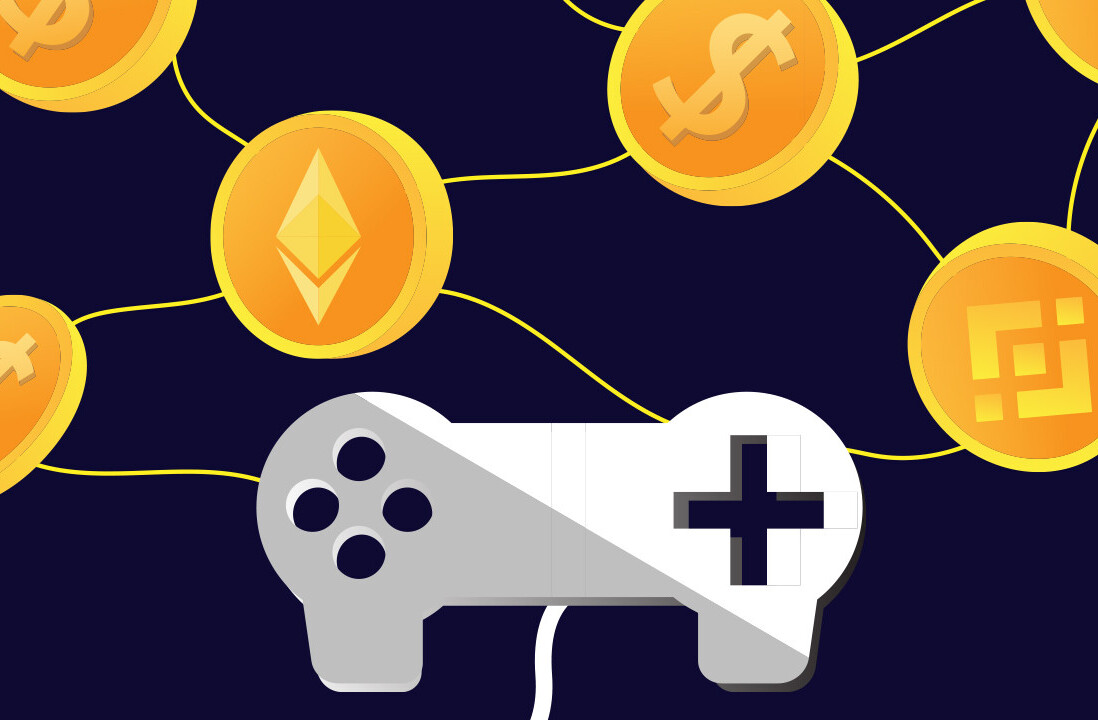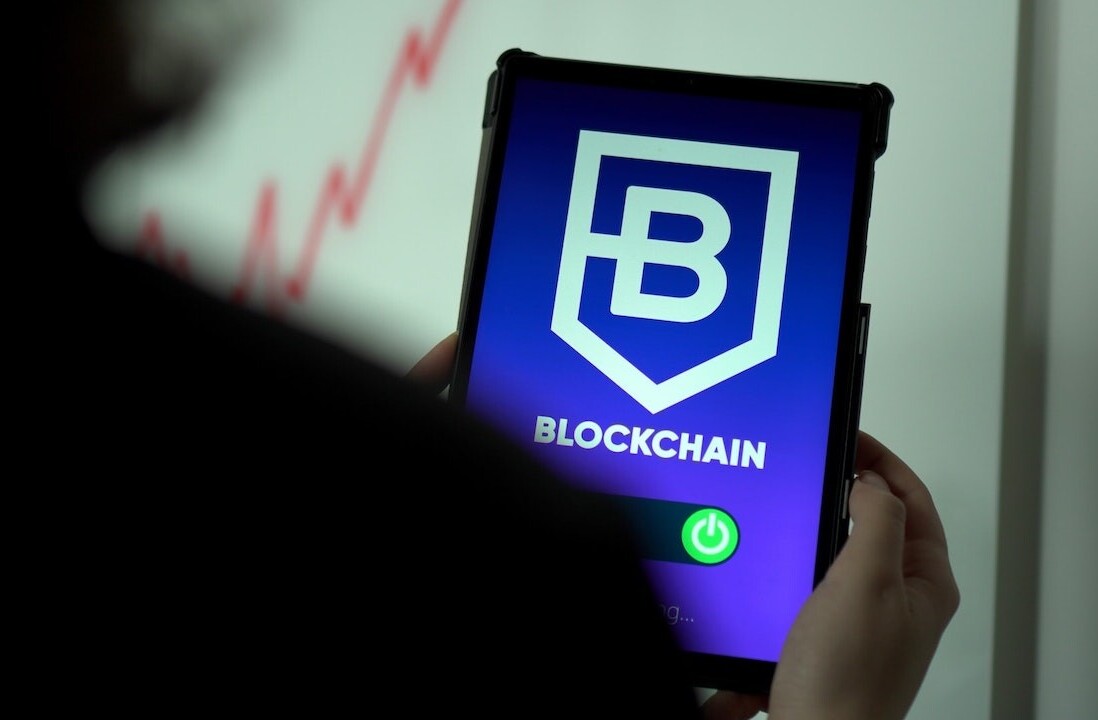
Welcome to Hard Fork Basics, a collection of tips, tricks, guides, and advice to keep you up to date in the cryptocurrency and blockchain world.
In previous Hard Fork basics articles we’ve mentioned something called “blockchain layers.” Things like the Lightning Network, or even side chains are considered to be second layer protocols – they operate on top of, or alongside the protocol layer of a given blockchain.
However, blockchain has more than two layers, in fact, it can be split down to as many as five layers. Let me explain what this all means.
Communication networks as layers
In Blockchain Basics, Daniel Drescher describes blockchain as a software system made up of two layers; application and implementation. The application layer is responsible for the user facing components, and the implementation layer refers to everything that brings the application to life, like protocols and code.
However, these layers can be separated even further based on their specific function, as far as software systems go blockchain is pretty complex and is facing a number of challenges. We must also remember that blockchain isn’t purely software based, it also has a very specific network of physical components. Here’s how I propose we should think about the layers of the blockchain, from a non-technical point of view.
From layer zero to layer one
I propose that layer zero should concern the physical network infrastructure required to support Bitcoin and other cryptocurrencies. Think of it as the point at which the internet stops and the blockchain network begins.
In many ways, the blockchain itself can be considered as another layer on top of the internet, as without it, the blockchain wouldn’t function. Right now, the blockchain needs the internet to function. As such, layer zero is made up of the protocols, the connections, the hardware, the miners, and anything else that lays the foundation for making the blockchain a reality. This of this as the physical layer.
Layer one then, is where things start getting a little more abstract. When people say “the blockchain,” it’s probably this layer that they are referring to. This layer differs based on the specific blockchain being referred to, it might be the Bitcoin blockchain or the Ethereum blockchain.
This layer is responsible for specific protocols, consensus mechanisms, and anything else that ensures the base level functionality of a blockchain and its associated cryptocurrency. By Drescher’s description this is an implementation layer.
Layer two and beyond
However, blockchain isn’t that simple to abstract into just one implementation layer, oh no! Due to the nature of solutions like the Lightning Network, layer two has become known as a secondary implementation layer.
Some refer to layer two as “off-chain” solutions because they take some of the layer one functionality away from its native blockchain. This secondary chain, or layer two, then takes care of some of the processing, taking load away from the layer one blockchain. Layer two systems are often designed to address some of the blockchain’s operational challenges like scalability.
The Lightning Network is a second layer solution in that it uses Bitcoin on a separate chain which is designed to process lots of small payments very quickly. When you join the LN you move some Bitcoin to it, and use that to transact with. When you leave the LN your Bitcoin is sent back to the layer one chain and is verified in the usual manner.
I propose that a third and final layer completes this model of a blockchain ecosystem. This, layer three, would contain dApps. This is where all non-cryptocurrency uses of the blockchain reside, these are things like gambling dApps and STEEM apps. Indeed, this layer itself could be abstracted to further layers depending on a given dApp and how it interacts with all the previous layers.
By Drescher’s description, this is effectively the application layer, it is the user facing decentralized app that should bring some real world, usable tool to life. It’s the layer responsible for things like Cryptokitties, so thanks layer three.
Things to bear in mind
Of course, this is an intentionally simple and non-technical perspective on blockchain as a series of layers. However, it should highlight to everyone, in someway, how different aspects of the blockchain should be thought of.
Change something in one layer and there may be knock-on consequences in the layer above or below.
This model of layers also does not consider things like wallets or exchanges; vital tools required for a successful blockchain and cryptocurrency ecosystem. However, these things do not always exist on a blockchain in their own right. Rather, they serve to interact with the blockchain, and permeate through all of its layers.
As the technology is adopted and developed further, there is the possibility that more layers will be created. However, understanding that ‘the blockchain’ is more complex than just a single layer made-up of a distributed ledger is important for anyone’s knowledge.
Blockchain is a pretty abstract concept on the best of days, hopefully thinking of it as a series of layers, makes it a little less so.
Get the TNW newsletter
Get the most important tech news in your inbox each week.





